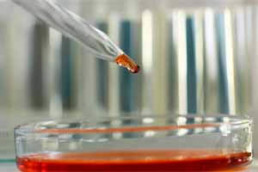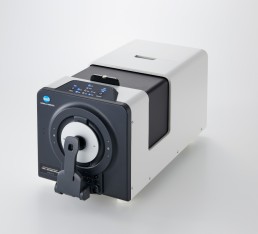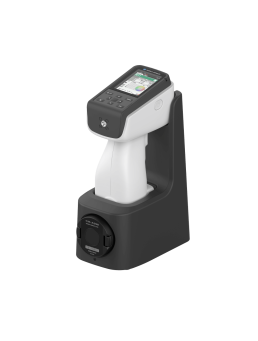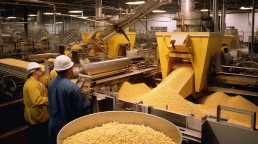Food Dye Challenges for Manufacturers
As a result of these concerns, major food manufacturers such as General Mills, Kraft, Papa John’s, Panera, Subway, and food coloring manufacturers are looking to develop naturally based food dyes. However, creating natural dyes poses a significant challenge for food producers who must achieve the same colors as artificial dyes.
The development of natural dyes requires the use of “coloring foods,” which are specific fruits, vegetables, and spices, as well as flowers and algae. These ingredients have distinct flavors and scents, which means that food manufacturers must develop a “deodorizing process” to remove any impact on the flavor of the food product. For example, carrots are a source of natural dyes, but their distinct taste can affect the flavor of the food.
Moreover, the range of natural food dye hues is limited, with vibrant greens, blues, and other bright colors only achievable with artificial dyes. While the FDA approved spirulina extract to create a natural blue color, most natural dyes are less bright than their synthetic counterparts.
To ensure consistency in natural food colorings throughout the manufacturing process, major food dye manufacturers are turning to Konica Minolta’s color measurement instruments. The CM-5 is a benchtop instrument frequently used in food color measurement, measuring both solid foods and liquids to maintain a consistent color quality throughout the manufacturing process.










